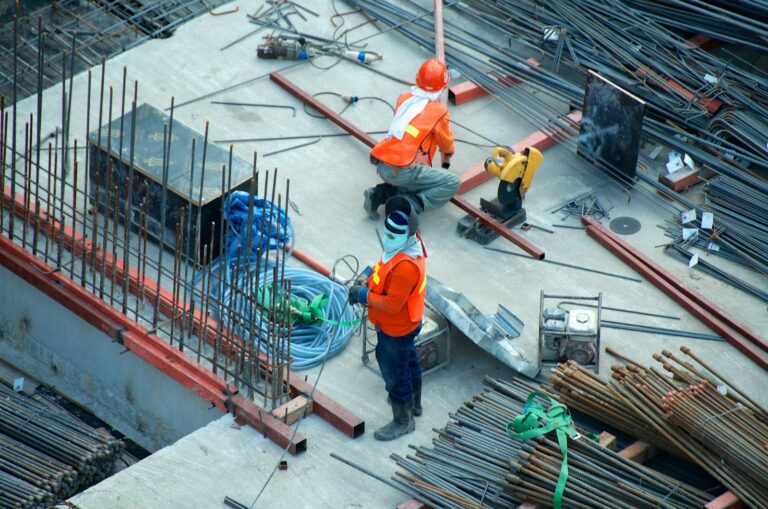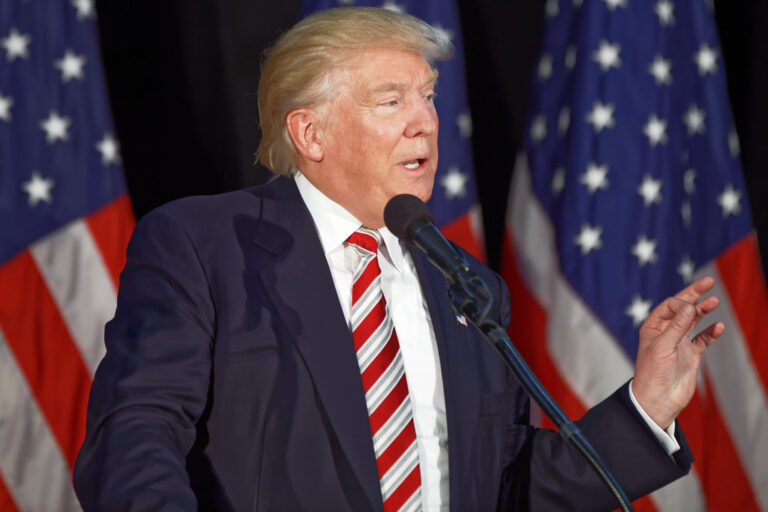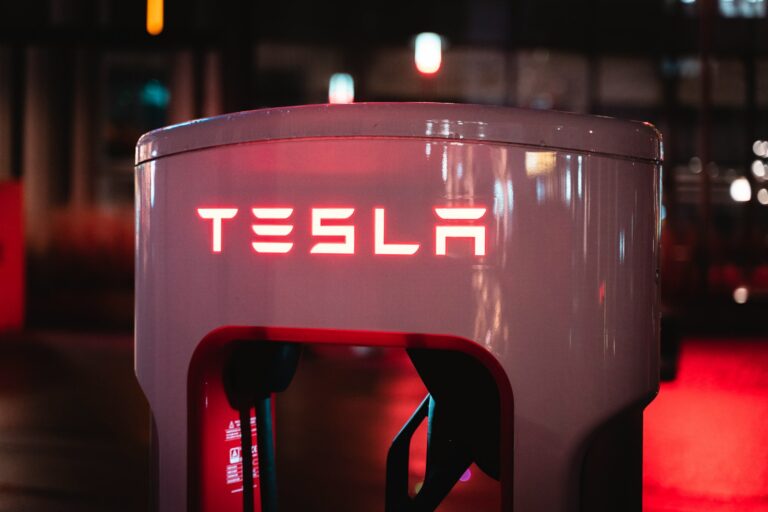Key takeaways
– 7.8 million Americans could lose Medicaid coverage
– Many affected people work but face tough paperwork
– Most cannot afford private insurance or marketplace plans
– Employer health plans often cost too much for low wage workers
– Medicaid helps prevent debt and health emergencies
The One Big Beautiful Bill Act at a Glance
Congress has proposed a bill that could change Medicaid rules. The Congressional Budget Office predicts 7.8 million people may lose their Medicaid coverage. In Michigan alone the number could range between 248 thousand and 414 thousand. Both the House and Senate versions include deep funding cuts. As a result, many low income workers face losing access to health care.
Complex Work Requirements Block Coverage
The proposed bill adds strict work requirements for Medicaid eligibility. However, many people cannot navigate the extra paperwork. In fact, the forms and reporting steps can be so confusing that people lose coverage unfairly. Moreover, most affected adults already work or volunteer. Therefore, the paperwork serves no real purpose except to cut enrollment.
No Affordable Alternatives Await
After losing Medicaid, most people cannot buy private plans. The health insurance marketplace offers subsidies only to those above certain incomes. Consequently, people earning below the poverty level fall through the cracks. In addition, plans cost hundreds of dollars per month in premiums and high out of pocket charges. Thus, many would skip insurance entirely and risk medical debt.
Employer Sponsored Insurance Falls Short
Nearly half of Americans get health coverage through their jobs. Yet employers often do not offer plans to low wage staff. Even when they do, the premiums and deductibles remain high. For many part time or temporary workers, the cost outweighs the benefit. Furthermore, employers may exclude seasonal staff for ninety days or longer. As a result, low income workers lose both Medicaid and job based options.
Medicaid Expansion Has a History
Medicaid began in the 1960s as a safety net for the poorest Americans. Over time, it grew into a crucial program for low wage earners. The Affordable Care Act in 2014 let many states expand Medicaid to adults with slightly higher incomes. Researchers have shown this step cut the uninsured rate among blue collar workers by a third. Consequently, more people could see doctors regularly and fill prescriptions.
Michigan’s Lessons on Work Requirements
Michigan once planned to add work rules to its Medicaid program. The state courts blocked these rules in 2020. Officials estimated they would spend over seventy million dollars on new software and staff training. They worried about the cost without improving health outcomes. Indeed, they expected one hundred thousand residents to lose coverage in the first year. Therefore, Michigan removed work requirements from its laws early this year.
Real World Effects in Arkansas
In contrast, Arkansas put work requirements into effect in 2018. Yet studies found no rise in employment levels. Instead, thousands lost their Medicaid coverage because of missed paperwork. Most people already met the work hours threshold. However, minor errors in reporting led to wide coverage losses. This example shows work rules simply punish responsible citizens.
How Losing Medicaid Can Cost Lives
Health economists predict many preventable deaths if people lose coverage. Without insurance, people delay care and skip prescription drugs. They also avoid annual checkups that catch diseases early. Consequently, minor health issues may turn into emergencies. Thus, thousands could die needlessly because they lost Medicaid. This grim outcome makes the policy cuts even more alarming.
Medicaid Supports Health and Finances
For those who keep Medicaid, the benefits extend beyond doctor visits. Research shows program participants have fewer medical debts and bankruptcies. Furthermore, they tend to maintain higher credit scores and avoid evictions. In addition, good health helps people stay productive at work. As a result, Medicaid helps families maintain stability in tough times.
Employer Insurance Leaves Gaps
Low wage workers often lack any job based health plan. Many work part time or on short contracts. Others hold seasonal or gig roles that employers do not cover. Even full time low income workers face high premiums and copays. Thus, employer plans leave big holes in the safety net. Medicaid fills these gaps and offers continuous coverage.
The Fissured Workplace
In recent years, some firms have outsourced jobs to cut costs. They find contractors for cleaning or driving roles. This shift leaves low wage staff outside the employer health plan. At the same time, managers and professionals keep generous benefits. Consequently, the workplace divides into those with coverage and those without. Medicaid helps the second group stay insured.
Why Medicaid Costs Less Per Person
Medicaid pays doctors and hospitals less than most private insurers. Despite that, it keeps costs lower per enrollee. The program negotiates rates and controls administrative costs tightly. Therefore, Medicaid spends wisely and prevents runaway medical bills. Critics often ignore these strengths because they focus on political debates.
Medicaid Versus Employer Tax Breaks
The federal government offers a huge tax break for employer health plans. Companies deduct the cost of insurance premiums from taxable income. This benefit flows mainly to high earners. Low wage workers earn little so the tax break helps them less. Medicaid on the other hand serves people based on need. Hence, it avoids the inequality baked into employer plans.
How Medicaid Promotes Job Mobility
When people lose employer coverage they often skip doctor visits. Even a minor health issue can cost a fortune without insurance. Medicaid moves with people when they change jobs or roles. It does not tie coverage to a single employer. As a result, workers can look for better jobs without fearing a gap in care.
Shortcomings of Medicaid
Medicaid also has challenges. It pays doctors lower fees than private insurers. Thus, some doctors accept few Medicaid patients. Coverage rules vary by state leading to unequal service. Yet these problems stem from tight budgets rather than flawed design. If lawmakers funded Medicaid better the program could expand provider access.
Toward a Better Health System
Experts argue a more universal public system could cover everyone. Such a model would free workers from job tied insurance. It could reduce administrative red tape across different plans. By spreading risk widely the system might lower total costs. Moreover, it would treat health coverage as a right instead of a perk.
The Role of Political Attitudes
Medicaid sometimes faces hostility from certain policymakers. They see it as welfare instead of health coverage. This view drives funding cuts and added work rules. However, the program’s record shows it improves lives and saves money. Changing political minds could secure Medicaid for future generations.
Why Staying Informed Matters
Proposed changes to Medicaid affect millions of everyday people. Working families, single parents, and those with health problems face new risks. By reading about these changes citizens can voice their concerns. Policymakers hear from voters when they understand real life impacts.
What You Can Do
First share this information with friends and family. Next contact your local representative to express your views. Also follow news about Medicaid updates. Community groups often host events to discuss health policy. By staying active you can help shape decisions that save lives.
Conclusion
Proposed Medicaid cuts pose a serious risk to low income and working Americans. The paperwork hurdles will kick many off the rolls. Private plans and employer coverage remain out of reach for them. History and research show Medicaid improves health and finances. Therefore protecting and properly funding Medicaid makes sense. Otherwise we face needless suffering and death for millions in need.








